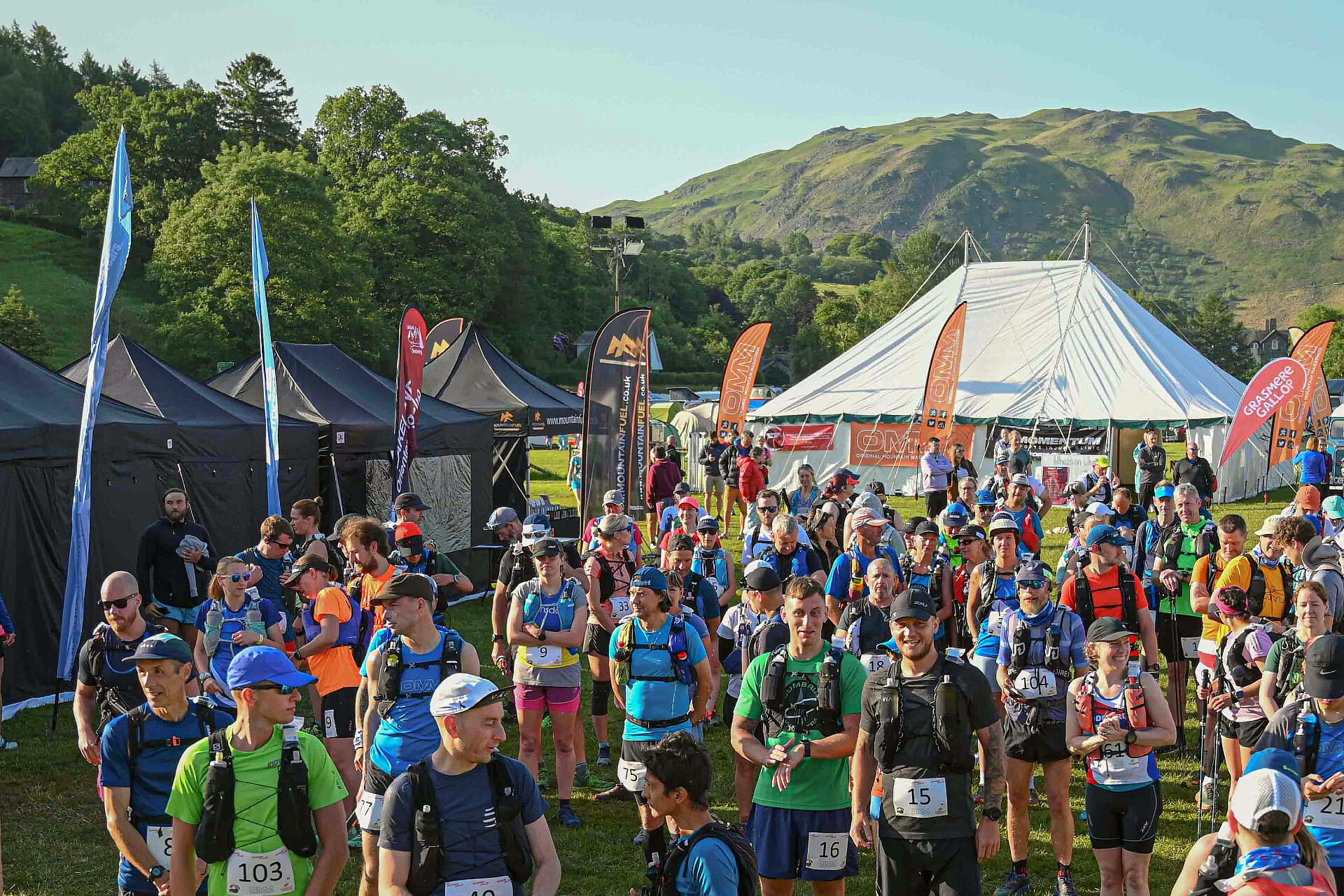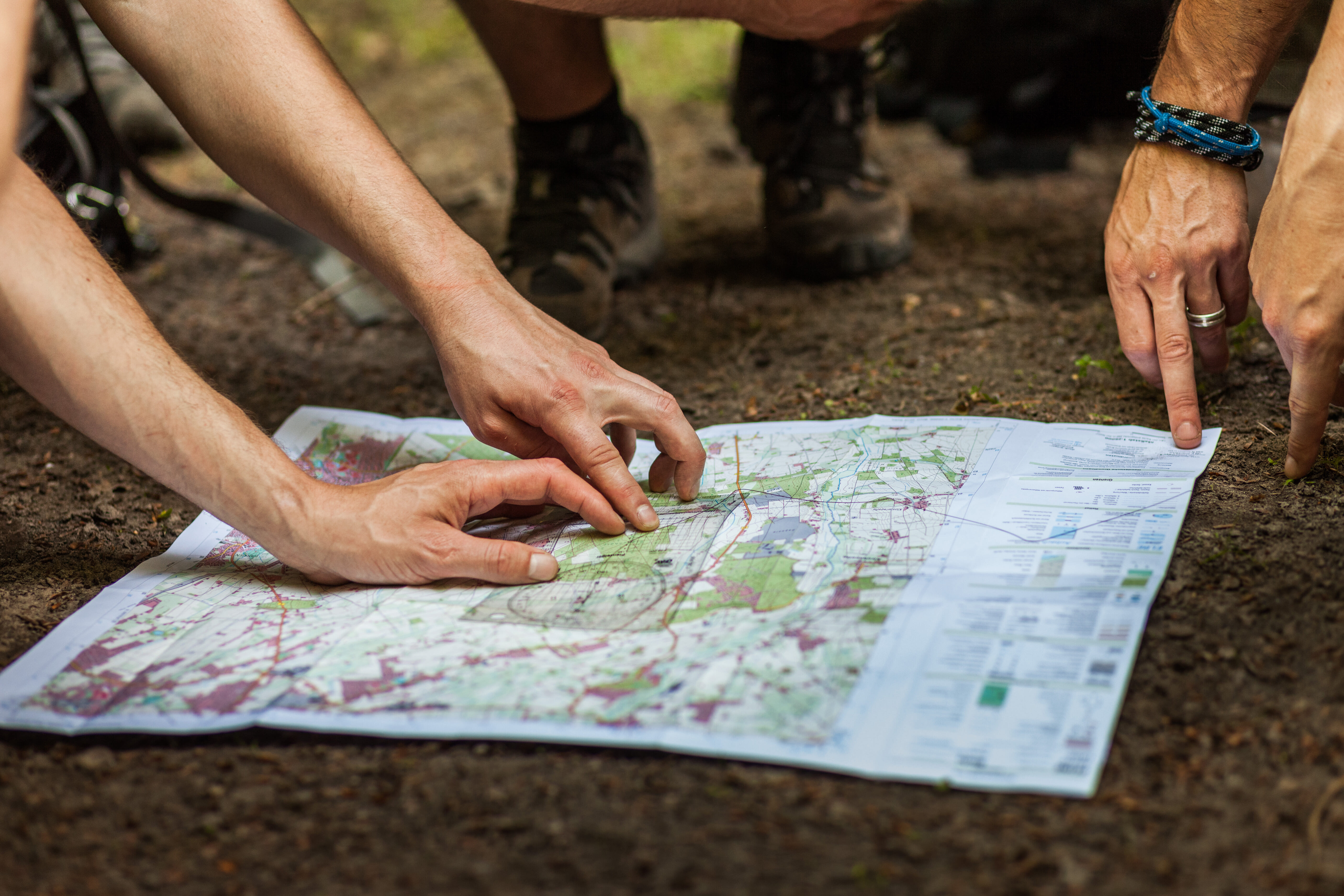Find orienteering near you
With events taking place in both remote locations and urban city centres, orienteering can help you explore new places and learn new skills along the way.
Map viewOrienteering events in 2025
Featured events are listed below - select a month/region or the map view to see all events.

- Sat 30 - Sun 31 May 2026
- FREE-£85
Lake District Running Festival
50 years of Lake District running in one unforgettable weekend! Trail runners, fell runners, orienteers and walkers of all abilities in an iconic location with family-friendly activities and more.
- Sprint orienteer
- 5K run
- 10K run
- Trail run
- Marathon
- + 2 more races
- Sun 3 May 2026
- £5-£20
UK Rhino Challenge
A fun cycle orienteering event with team challenges set in the heart of the Ashdown forest. Two challenge levels: Family Fun (4 miles), Adventure explorer (6 to 20+ miles you choose your route!).
- 1 day mountain bike orienteering
